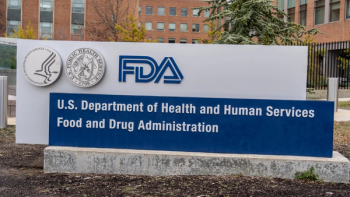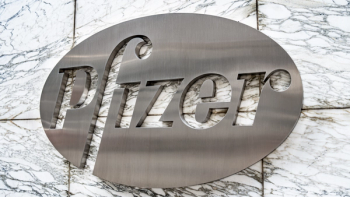
The Challenges and Advantages of US Healthcare in a Worldwide Perspective
Rob Abbott, CEO, ISPOR, highlights that the United States excels in areas like cancer screening and advanced medical technology while facing challenges such as rising costs, lack of universal coverage, and health outcomes that lag behind other high-income nations.
In a recent interview with Pharmaceutical Executive, Rob Abbott, CEO of ISPOR, discussed how health economics and outcomes research (HEOR) is transforming the way health systems and governments around the world address rising drug prices. Abbott highlighted the growing importance of real-world evidence, patient-centered approaches, and artificial intelligence in shaping value-based healthcare decisions. He also emphasized the critical role of cross-sector collaboration among regulators, payers, academia, and industry in advancing evidence-based policies and improving patient access to innovative therapies.
Pharmaceutical Executive: From your global perspective, how do US healthcare policies compare with other systems in terms of value-based care and outcomes measurement?
Rob Abbott: That’s a layered question, and I want to start with a caveat: comparing healthcare systems across the globe requires accounting for significant social, cultural, and economic differences. That said, the US performs quite well in some defined areas. For example, cancer screening rates are strong, flu vaccination rates remain relatively high, advanced medical technology is widely available, and there is excellent specialized care for complex conditions.
However, the broader picture is more mixed. Like many healthcare systems, the U.S. is grappling with rising costs, growing complexity, and the rapid evolution of digital health. At the same time, new ideas are emerging about how to define and measure value in care. The U.S. spends more per capita on healthcare than nearly every other high-income nation, yet it remains the only one without universal coverage. As a result, millions of Americans are either uninsured or underinsured, leading to outcomes such as lower life expectancy, higher rates of chronic disease, and greater prevalence of obesity compared with peer nations.
So, while the US excels in certain areas, it underperforms in others. The common challenge—shared globally—is figuring out how to contain rising costs while managing an increasingly complex healthcare landscape.
Full Interview Summary: Health economics and outcomes research (HEOR) is increasingly shaping how health systems and governments address rising drug prices. HEOR integrates clinical trial results, real-world data, patient experiences, and economic analysis to evaluate medical interventions. By assessing a treatment’s cost-effectiveness and real-world value, HEOR informs value-based pricing and decision-making, going beyond traditional clinical trial data to determine how drugs perform in everyday patient care.
A key trend highlighted in ISPOR’s 2024–2025 Top 10 Trends report is the growing importance of real-world evidence. Unlike clinical trials, real-world evidence captures patient outcomes, side effects, and overall cost-effectiveness after drugs enter the market, making it critical for both policy and clinical decisions. Another transformative trend is the accelerated adoption of artificial intelligence (AI) and digital health tools. AI is being used to synthesize literature, analyze complex data sets, and tailor treatment protocols efficiently. However, experts caution that while AI offers significant potential, human oversight remains essential to ensure patient-centered care.
From a global perspective, US healthcare excels in certain areas, such as cancer screening, vaccination rates, and advanced medical technology, but faces challenges including high per-capita costs, lack of universal coverage, and suboptimal outcomes in chronic disease and life expectancy. These issues highlight the universal challenge of managing rising costs amid increasing complexity.
Collaboration across government, academia, and industry is critical to advance evidence-based health policy and patient access. Organizations like ISPOR, with its global membership spanning regulators, payers, patient organizations, and academics, are fostering these partnerships. Initiatives, such as pilot projects aligning regulators and health technology assessment agencies in Europe, illustrate how coordinated efforts can improve patient access to innovative therapies while navigating the complexities of cost, efficacy, and healthcare delivery.
Overall, HEOR, real-world evidence, AI, and multi-stakeholder collaboration are central to shaping efficient, patient-centered, and cost-conscious healthcare systems worldwide.
Newsletter
Lead with insight with the Pharmaceutical Executive newsletter, featuring strategic analysis, leadership trends, and market intelligence for biopharma decision-makers.




